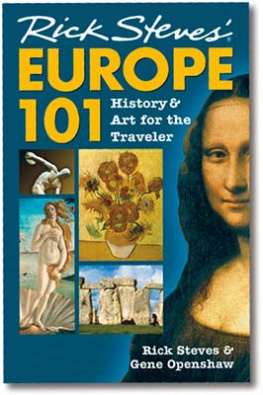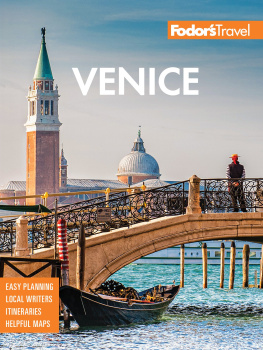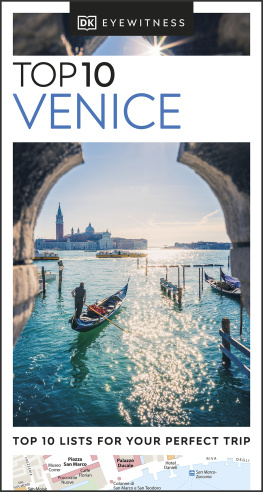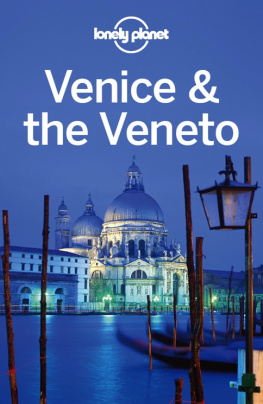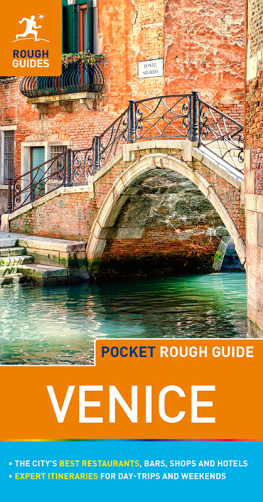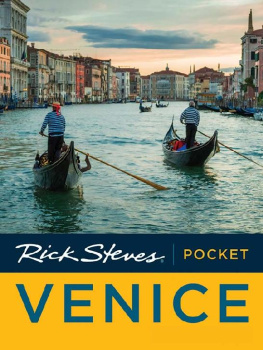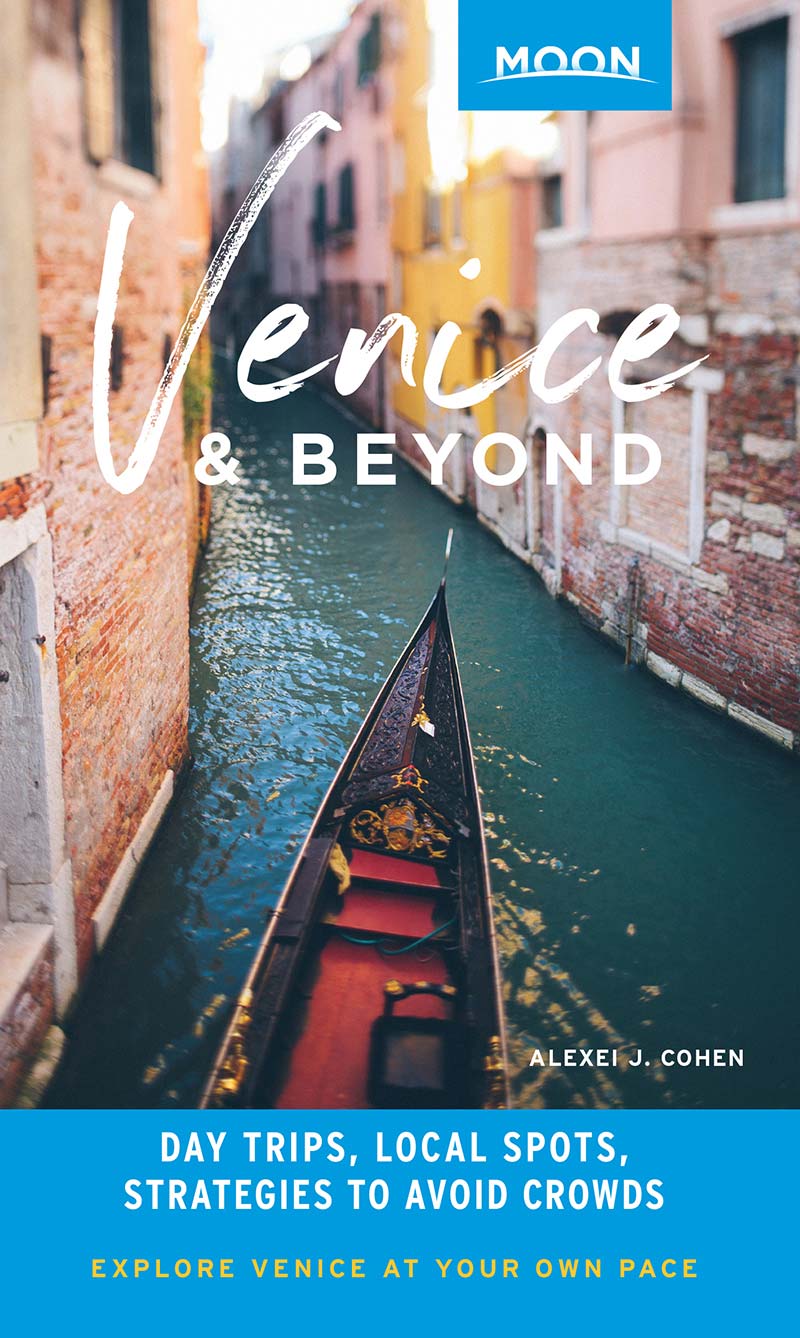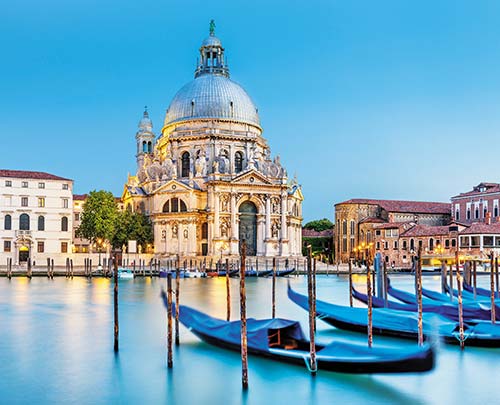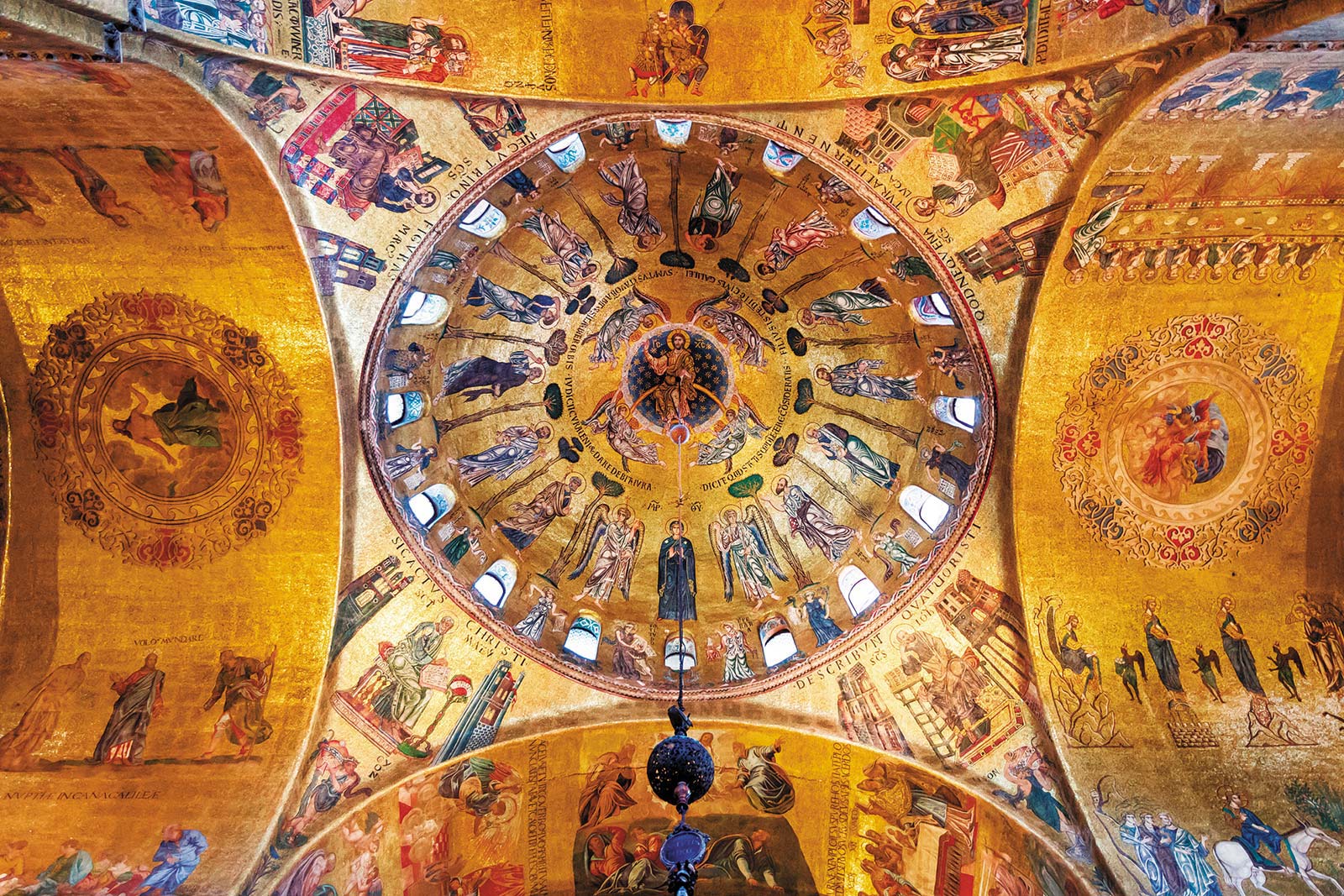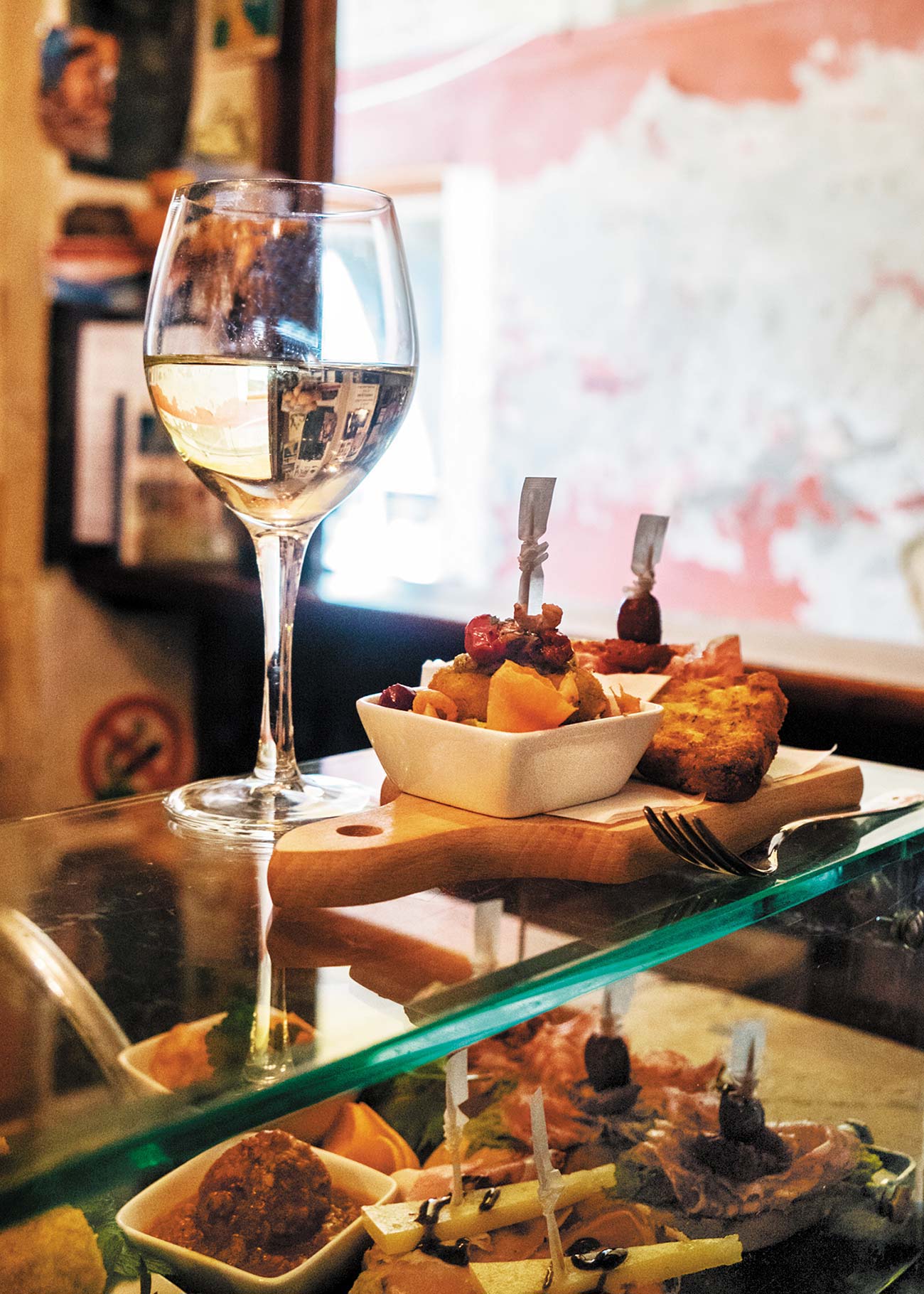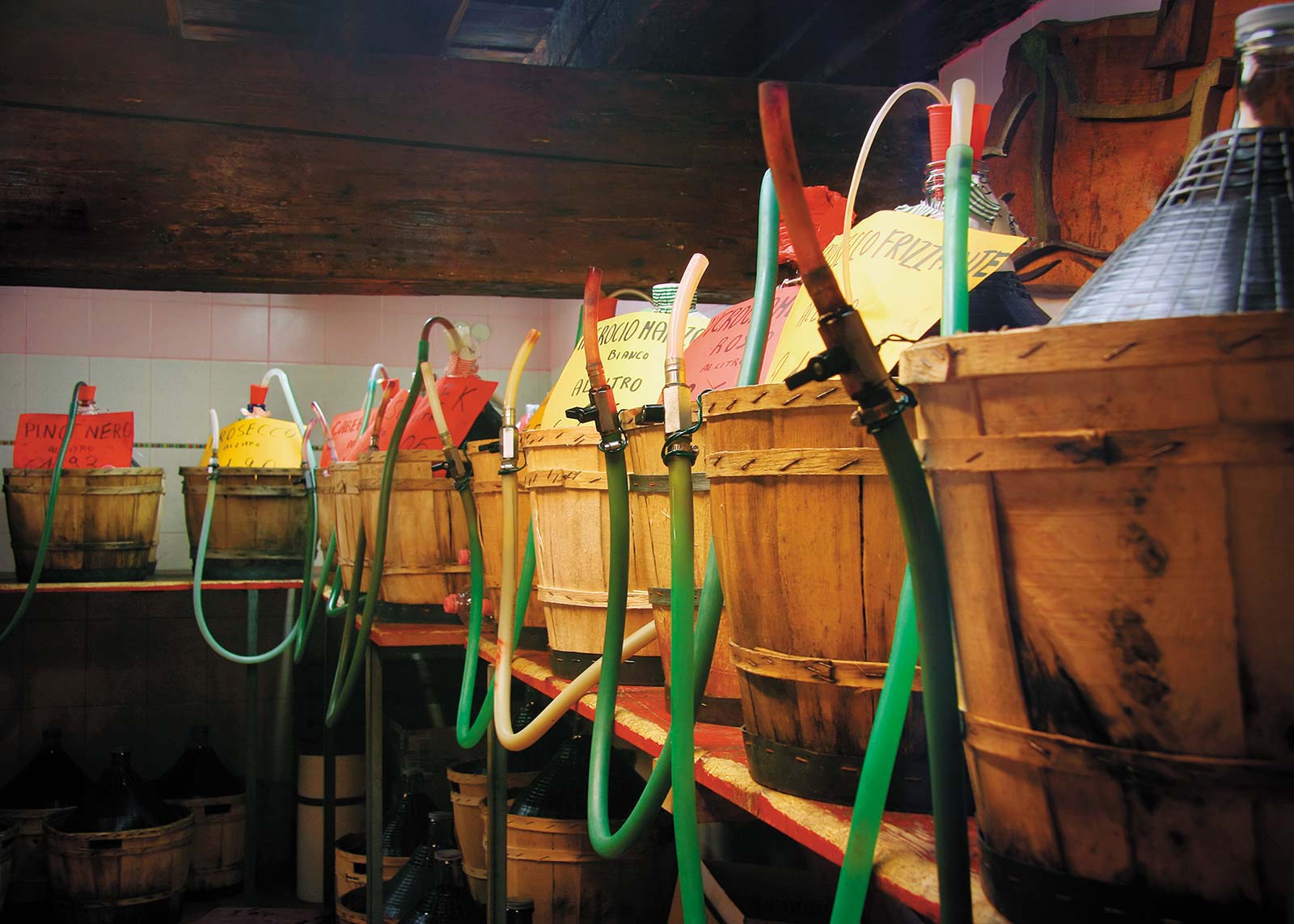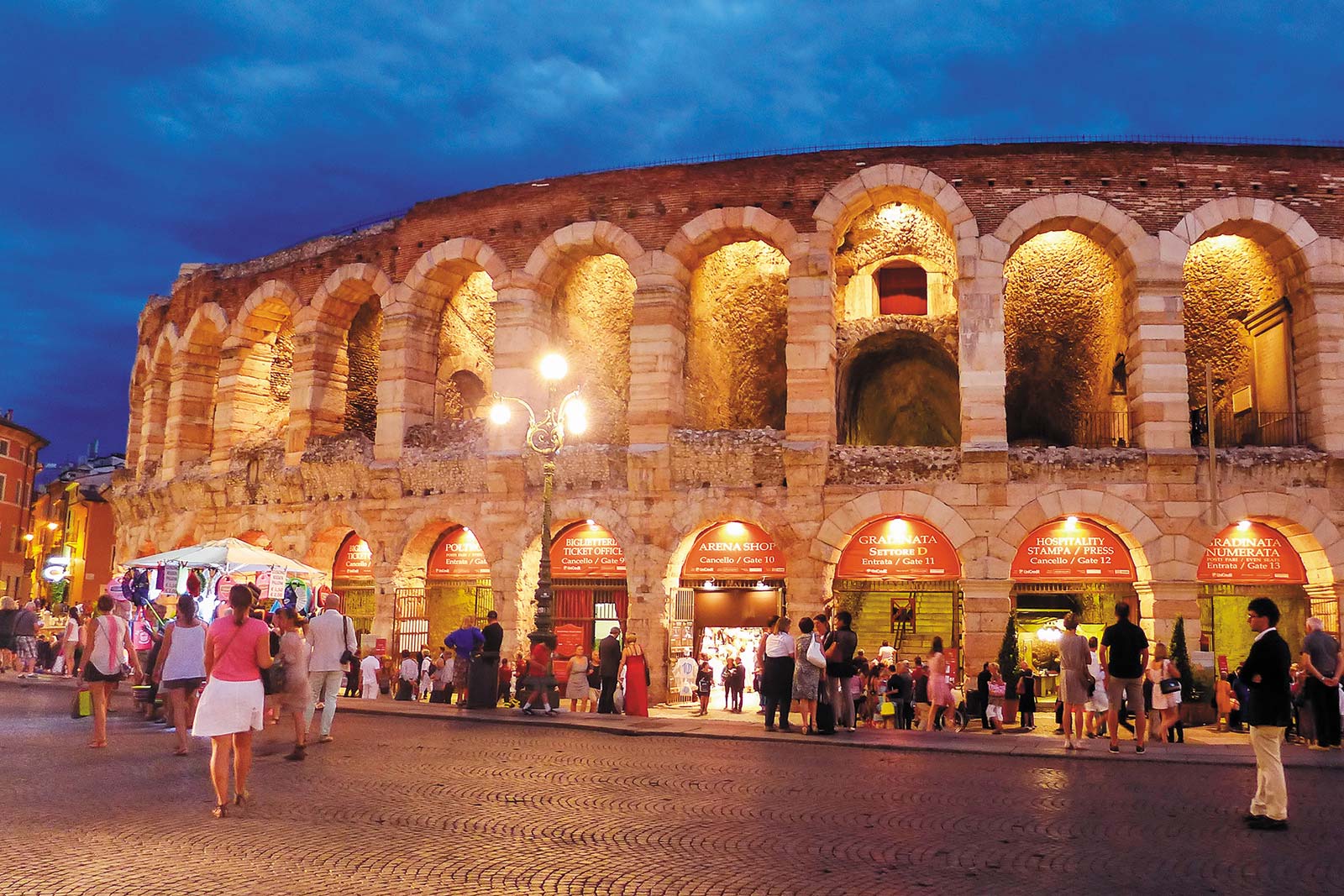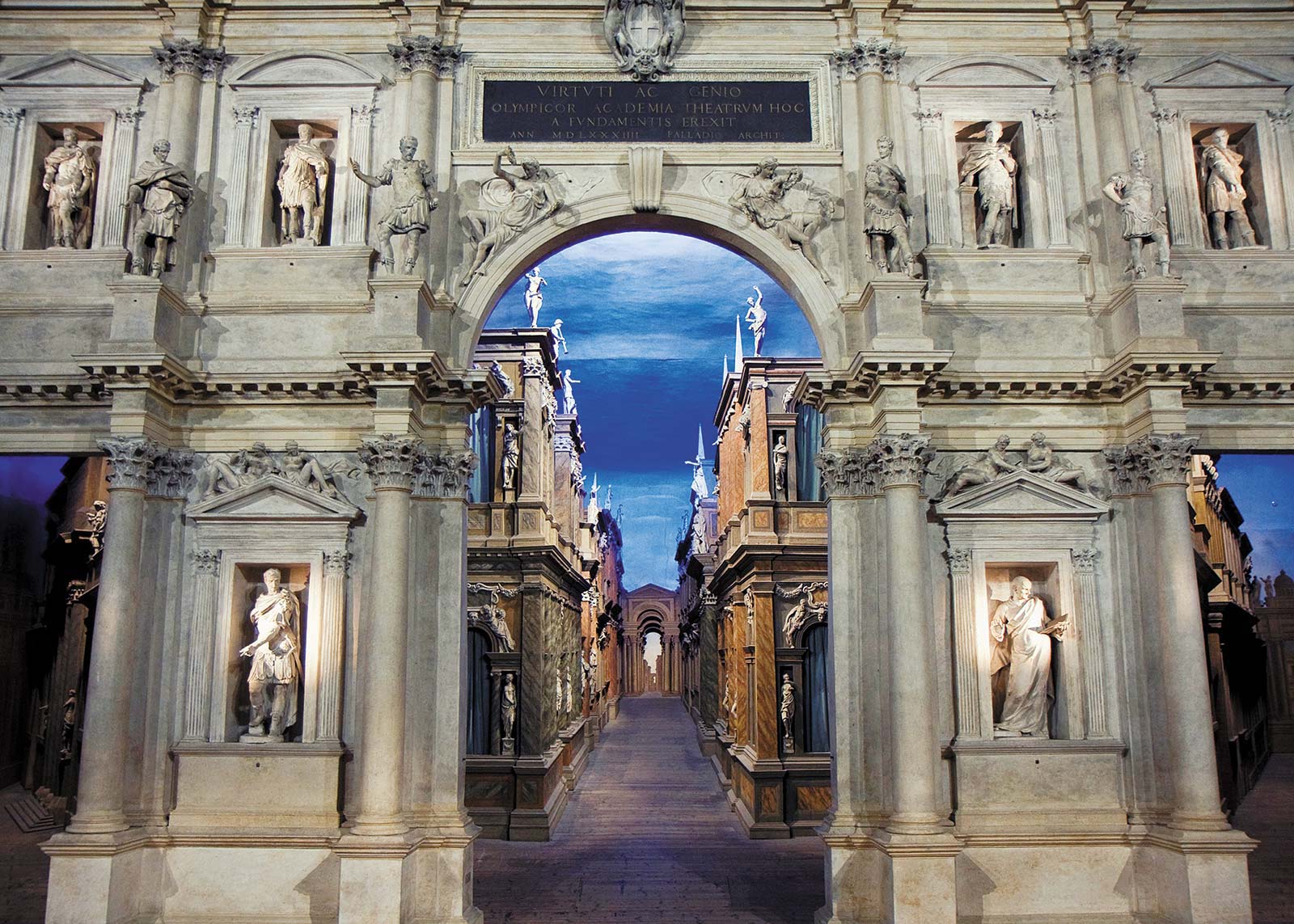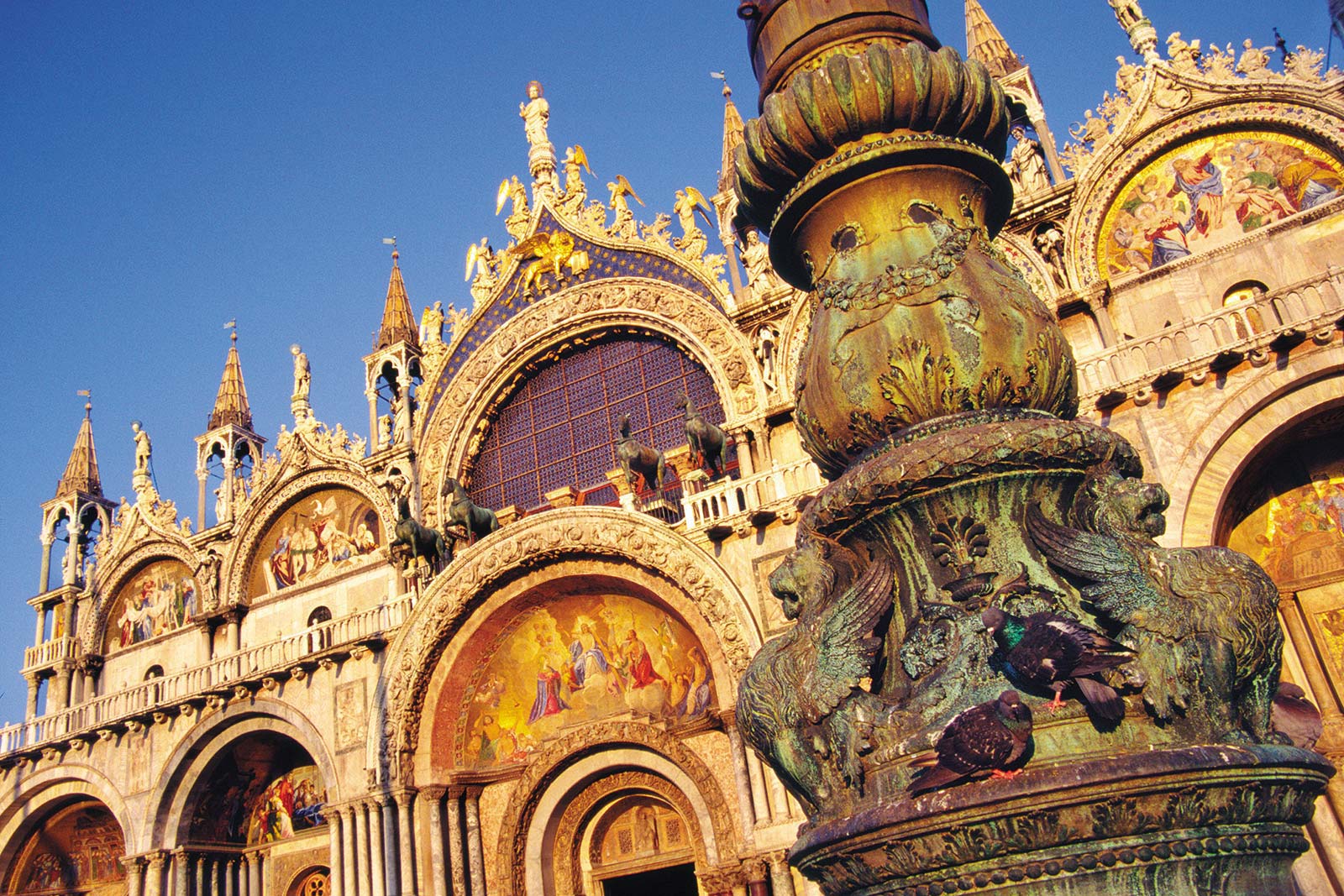Contents
Contents

VENICE & BEYOND
ALEXEI J. COHEN
Its hard not to feel the romance of Venice. Founded after the fall of the Roman Empire, this island citys glorious past is still evident within the mosaic-encrusted Basilica di San Marco and inside Palazzo Ducale, where doges ruled over much of the Mediterranean. Geography forced the city to look outward and prosper by trading with the world. The result of all that commercial and cultural exchange is still evident in Venices art, architecture, and cuisine.
Today, the gondolas that glide up and down the Grand Canal infuse the city with otherworldly charm. Flavors and smells borrowed from the Orient enrich local kitchens. Venetians toast with prosecco and snack on delectable finger foods known as cicchetti, and theres seafood on nearly every menu. Artisans keep the traditions of glassblowing and lace making alive, and the citys vaporetti (ferries) put the lagoon islands of Murano and Burano enticingly within reach.
Beyond Venice are a string of magnificent cities founded by the Romans, each with its own unique flavor. The old university town of Padua offers dramatic frescoes and a lively happy-hour crowd. Vicenza is the adoptive city of one of Italys greatest architects, Andrea Palladio, whose distinctive style elevates this market town. Ancient Roman ruins fill Verona, as do Shakespeare fans who come to pay homage to the worlds most famous lovers.
Farther afield, Lake Garda provides an entirely different atmosphere with alpine views that grow increasingly dramatic the farther north you travel. Italys largest lake is surrounded by picturesque towns that are suited to outdoor pursuits and the enjoyment of nature. South of Venice, along the Adriatic coast, lies the mosaic capital of Ravenna, flanked by a cluster of golden-sand beaches.
Whichever direction you choose, your trip to Venice is sure to be filled with delicious food, inspiring artwork, and unforgettable experiences.
by gondola, vaporetto, or traghetto.
Taking in the thousands of golden mosaics that decorate , Venices holiest site, where the citys patron saint is buried.
at historic bacari (bars) surrounded by local Venetians.
Wandering the vast complex of the to discover a darker side of Venice.
Learning the techniques of at the furnaces of Murano.
Filling up on local at one of Venices vinerie.
Marveling at Giottos transformation of Western art inside Paduas .
Listening to opera al fresco in Veronas ancient .
Taking a panoramic cable car ride to the top of , then paragliding off the summit.
Appreciating Ravennas stunning , best viewed on a guided nighttime tour.
Taking a slow cruise down the from Venice to Padua, with frequent stops at Palladian villas.
Discovering the architectural genius of Andrea Palladio at , the worlds first covered theater.
To be fair, an entire lifetime isnt enough to explore Venice, but three days is a good start, after which theres plenty more to explore on dry land. From Venice, Padua, Vicenza, and Verona can all be easily reached in rapid succession (or individually) by train. Follow an overnight stay in any of these towns with an excursion around the southern part of Lake Garda, which is also accessible by rail or road. Ravenna is also well worth visiting but a separate mission. The journey to this ancient mosaic town south of Venice is longer but brings its own artistic rewards that more than compensate for the added distance.
St. Marks Basilica in Venice
The best time to experience Venice is early morning, so resist the urge to stay in bed. Morning is when locals still outnumber tourists, cruise ships have yet to dock, high-speed trains havent arrived, and thousands of visitors inside and outside the city are still sleeping. If youre up and about by 7 or 8am, youll notice a whirlwind of activity that only happens early in the day: university students on their way to classes, parents accompanying children to school, bakers carting loaves to clients, fruit vendors laying out their stands, retirees walking dogs, musicians on their way to the conservatory, ladies dragging trolleys to the butcher, laborers hammering at streets, and swallows flying in the sky above. Mornings are best for visiting major monuments, too, and the lines to the bell tower and Basilica di San Marco are still reasonably short at 9am, before they open to the public.


